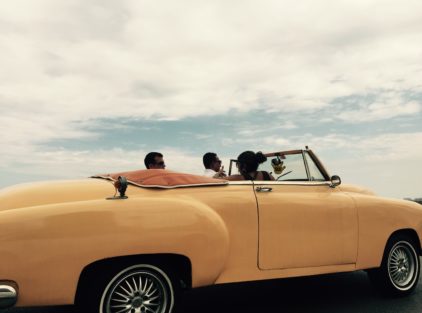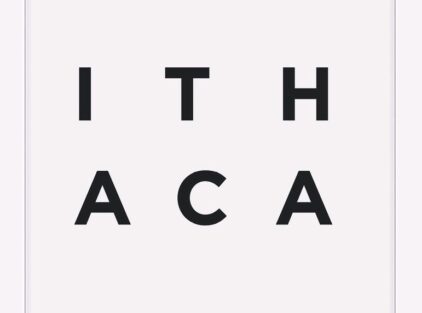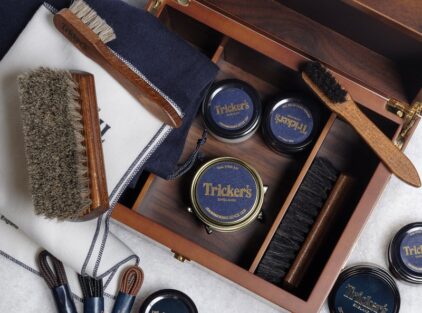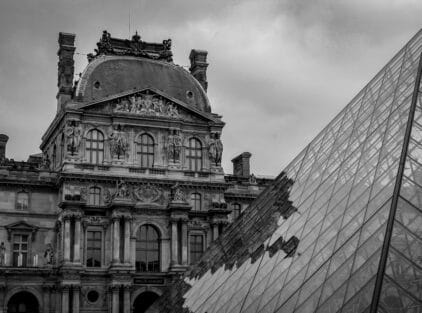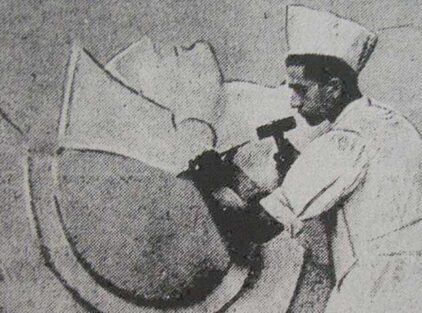by Christos Zabounis
The landing at “Macedonia” airport held no surprises. The Russian (?) cyberattack on the European boarding systems had not affected Thessaloniki. “Where to?” asked the taxi driver with the impatience of someone who had been waiting for hours. “Priggipos Nikolaou and Agias Sofias,” I said. He typed the address into the GPS, but it couldn’t find it. “There’s only one Priggipos Nikolaou side street in the Municipality of Pavlos Melas,” he remarked. “Excuse me, it’s the old name of Alexandrou Svolou.” A confessed sin is no sin. It’s not the first time I’ve “troubled” taxi drivers this way. I see it as an act of resistance against the inconceivable renaming carried out by municipal authorities who thought they could erase, in this way, a brilliant period of history. But who was Prince Nikolaos? He was the first military governor of Thessaloniki after its liberation in 1912. His presence there, along with that of his father, King George I, served as a bulwark against Bulgarian expansionism. Beyond his national role, however, he was the artist of the royal family. A painter—signing his works as Nicolas Leprince—he also wrote plays, and he was bequeathed the Royal Theatre, today the National Theatre. In the margins of his multifaceted activities, he even “managed” to become the godfather of Kostas Simitis. I remembered Nikolaos on the occasion of his namesake descendant’s participation in this year’s “Art Athina.” It seems that not only the crown, but also Art, can be inherited.
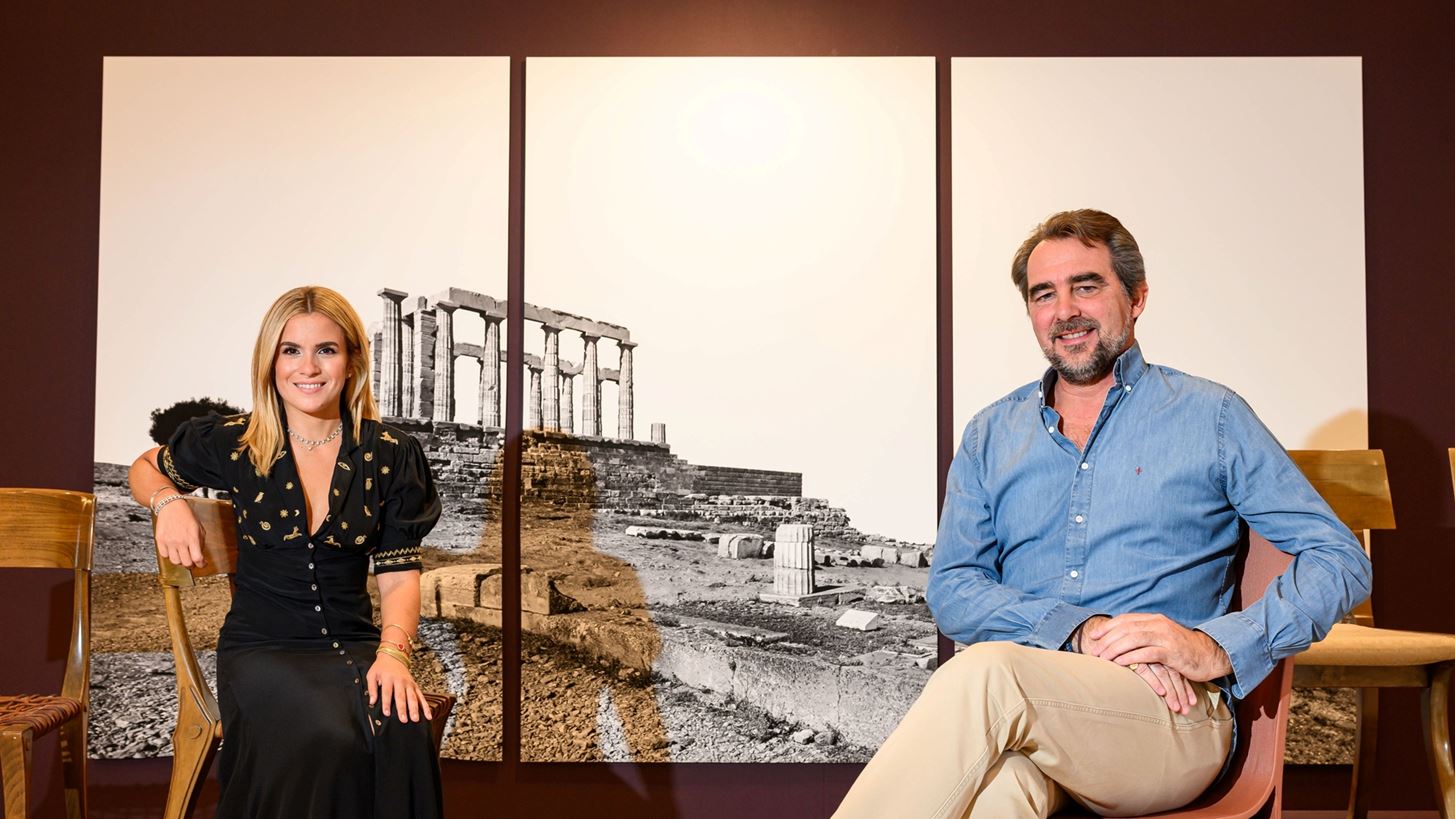
Stefanidou Tsoukala Gallery
Photo of Nikolaos at “Art Athina” with Lora Tsoukala.



